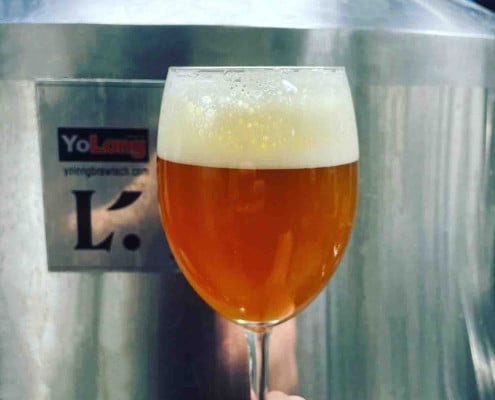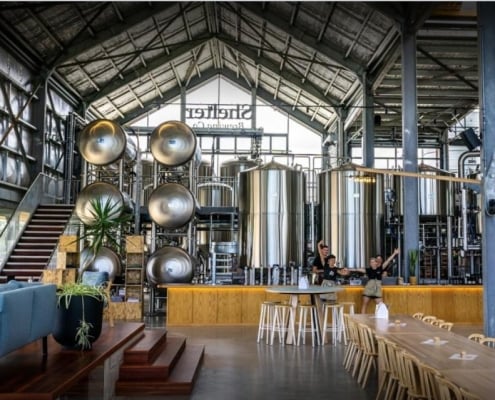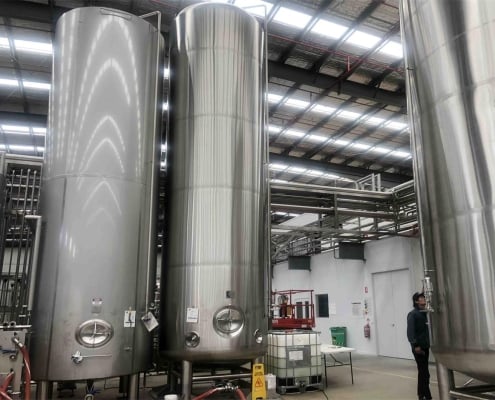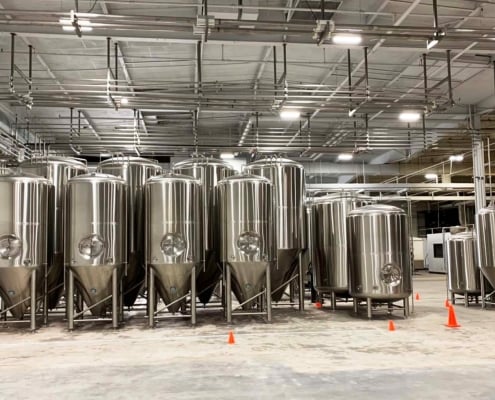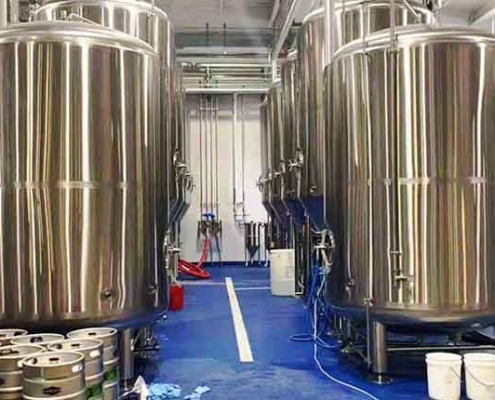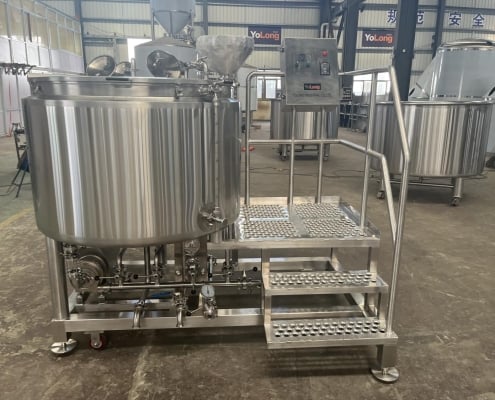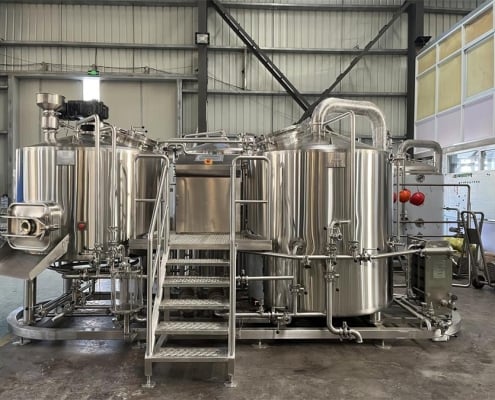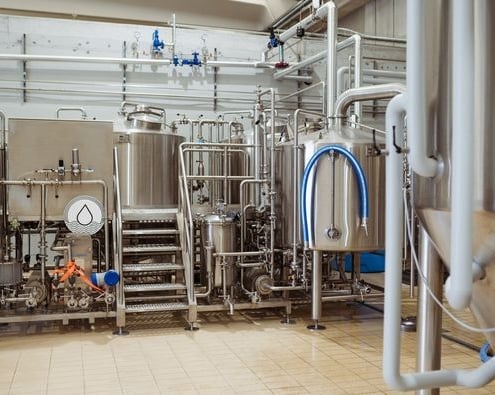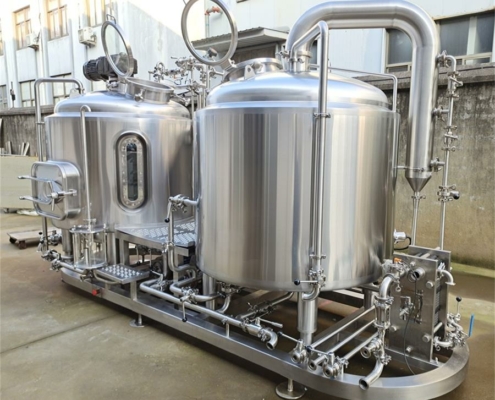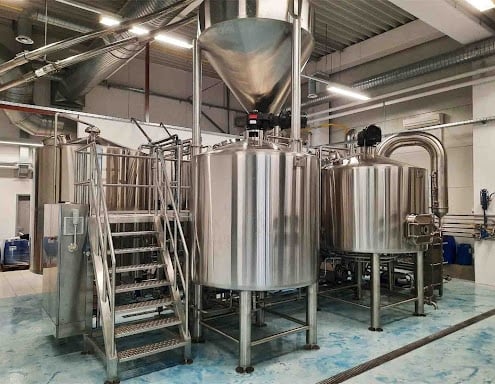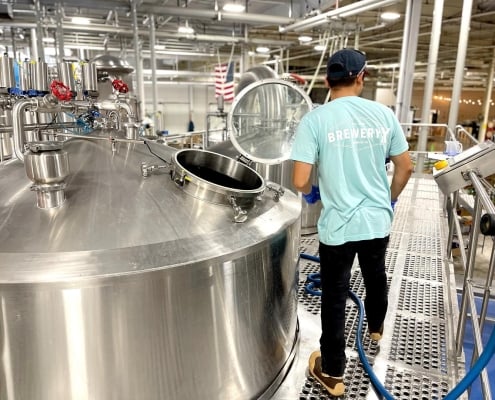Fermentation Tank Maintenance Strategy
*Last update: 22 February 2022 BY YoLng Brewtech
A fermenter is a piece of brewery equipment used during the brewing process that enables large scale production of microorganismal metabolites. It is a sterilized, enclosed vessel that supports optimal conditions for the continued growth of yeast culture oxidization.
From the humblest, home-based brewing setup to the biggest commercial breweries, fermenters (sometimes spelled fermentors), also known as FVs, are one of the most essential components in a brewery – some might say it’s where all the magic happens! This is because the wort mix is held in fermentation vessels as it ferments into beer.
Let us introduce you to the proper care and maintenance required for any fermentation vessel. If you follow our easy to implement instructions, your FV will not only last for a long time but also produce exceptional beer time after time.
12 tips for Fermenter maintenance to pay attention to
- What is the best way to hand clean a fermentation vessel?
- When cleaning the fermentation tank, use a soft bristle brush to scrub the surfaces. You should never use a hard bristle brush to scrape a fermentation tank’s interior and exterior. It is very important not to damage the parts of the vessel that comes into contact with the wort.
- How often should I get my fermentation vessel instruments checked?
- All the instrumentation that supports the FV needs to be checked and calibrated at least once every year.
- How do I effectively clean the fermenter’s electrical heating elements?
- All electric appliances, instruments, and sensors should be cleaned with extra care. If the solids stuck to the electric heating elements aren’t thoroughly cleaned, they can be scorched during the next brewing batch. This can cause unpleasant burnt flavor notes to appear in your beer batch.
- An element can be easily removed out of a FV and then it can be cleaned without damaging the rest of the electronics. By using copper scrubbing brushes, the harder stainless steel won’t be damaged.
- Never allow water or steam to come into direct contact with electronic instruments and sensors as this can cause condensation to form in the electric housing.
- How do I clean a fermentation vessel after using it to make a beer batch?
- The most useful feature of a FV is that the boiling temperatures the wort reaches occurs inside the vessel and this assists in the sanitation process. The heat of the boiling wort actually sanitizes the fermenter so there’s no need to clean it with chemicals.
- All you need to do after using the FV is clean it out very well with water after the beer is removed, and then use a soft cloth for wiping. The valves need to be disassembled and cleaned out, the elements have to be scrubbed and then your FV is all ready to go for your next beer batch.
- Always remember to clean a new fermenter
- If you have purchased a new YoLong FV, a deep clean is necessary before you can use it. This is because there is sometimes a tiny amount of welding staining or oil on the actual vessel and there could also be microscopic amounts of welding material on the inside jacket. A thorough cleaning of the vessel includes flushing out the jacket. Once the deep clean is complete, you can even use the vessel to provide sparge water during the mashing process.
Part2:Empty and Active Fermenter Maintenance
- If you are not going to be using your FV temporarily, it must be emptied and the remaining tank water and connecting pipes should be drained.
- The tank pressure should never exceed 0.17mpa during the fermentation process.
- During the elimination process, when the jacket passes the preheating steam, the steam inlet pressure must always be controlled within the working pressure range of the equipment (never exceeding 0.2mpa), or it will cause damage to the fermentation tank.
- Negative pressure in the fermentation tank is strictly prohibited during the cooling process and after emptying and solids elimination. This is to avoid pollution and possibly damaging the equipment.
- The tank pressure should always be maintained between 0.03 and 0.05mpa. This is to avoid contamination during the fermentation process.
- During each operation, the pressure in the air duct must be greater than that in the fermentation tank; otherwise, the liquid in the fermentation tank will flow back into the filter, blocking the filter core or invalidating the filter’s effectiveness.
If you have any questions about fermentation vessels and how they operate, please feel free to leave us a message.
Estimating the cost of brewery equipment
From equipment costs to brewery size, construction costs and licensing, brewery operating costs can vary widely depending on your specific operation.
When estimating the price of your investment, YoLong build each brewhouse on a case by case basis. The size and capacity of the brewhouse depends on what scale beer production is planned by the client. The brewhouse has different level of automatic control levels. We have Multiple types of equipment are available as well as brewery equipment financing options to help you get up and running.

